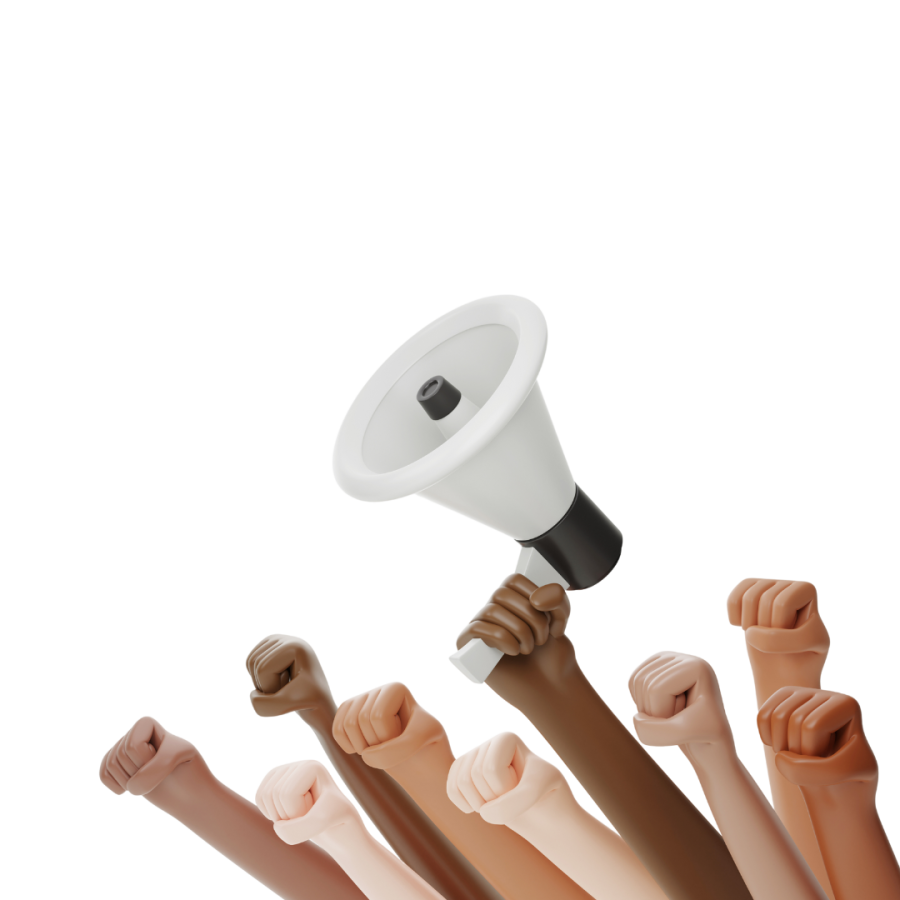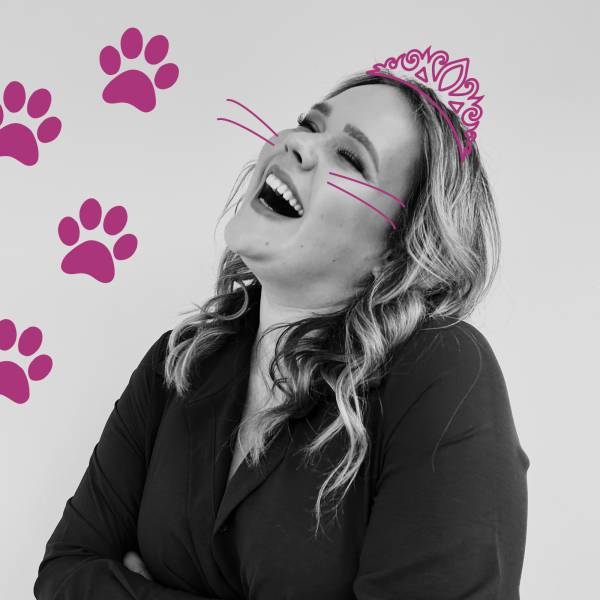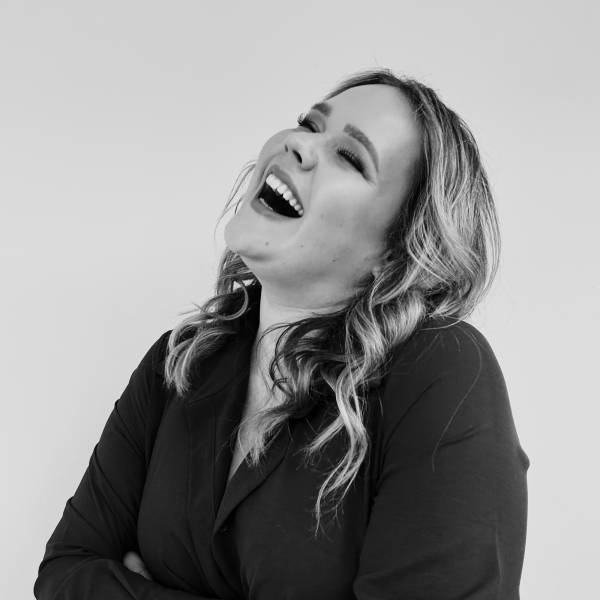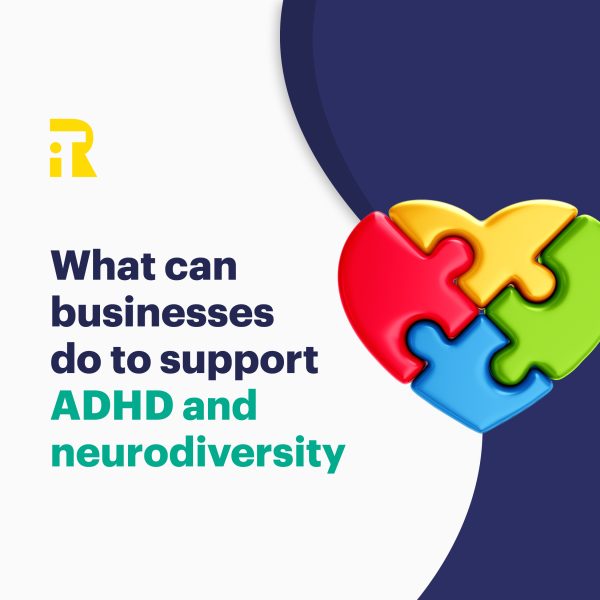ResourceiT’s involvement in the TC4RE Race to Tech Summit was something truly special, and I couldn’t be prouder of what we achieved. From the slides, materials, branding, and watching Julie, our CEO, expertly guide the day, to Emeke’s phenomenal panel discussion and our team leading the way on social— every moment was a testament to our dedication and passion for change.
I wanted to take a moment to share my reflections because this was an event where we didn’t shy away from the tough conversations. We confronted them head-on, with honesty and openness, and I walked away feeling inspired, challenged, and even more committed to the cause of racial equality.
Racial Equality is Complex—and That’s Okay
One of the key insights for me was the complexity of racial equality conversations. There isn’t a simple, one-size-fits-all answer. I was tempted to say there’s no right or wrong, but that’s not quite true—there is wrong. There’s just often more than one right way forward.
Take the term “BAME” as an example—some people feel represented by it, others don’t. There are valid reasons on both sides, and what’s crucial is that we approach this with humility and care. We may not always get it right, but the intention behind our words matters deeply. The willingness to learn and adapt matters. In these discussions, it’s the intention and the openness to listen that carry us forward.
Diversity vs. Inclusion: A Simple Analogy from Sir Trevor Phillips
One of the most memorable moments for me was during Sir Trevor Phillips’ keynote, where he broke down the difference between diversity and inclusion in a way that immediately resonated. He explained it like this:
Imagine you’re throwing a birthday party. You’ve invited all kinds of people—different ages, races, religions, socio-economic backgrounds. Congratulations— you’ve achieved diversity. But then, at the party, the DJ only plays Aerosmith. Now, while that might suit a few people, it’s clearly not going to be everyone’s cup of tea. You’ve just failed at inclusion. People won’t feel seen or heard, and they probably won’t be coming back to your party next year!
This simple analogy highlights a critical point: it’s not enough to just bring different people into the room. If you’re not making sure that everyone can engage, feel comfortable, and contribute fully, then you’re not creating an inclusive environment.
It directly ties into the discussions we had during the leadership panel, where Richard DeNetto, the CEO of Change the Race Ratio, emphasised the need for a laser focus on staff retention. So many companies are pouring effort into recruiting diverse talent, but the real measure of inclusion is who’s staying—and, just as importantly, who’s leaving. If you’re recruiting diverse employees but they’re all quitting within a year, it’s a sign that your inclusion efforts are falling short. There’s clearly a deeper issue at play.
The Role of White Allies—A Challenging Conversation
As a white person committed to racial inclusion, I asked the question in one of the Leadership sessions: How can we, as white allies, better support inclusion in our businesses? The response was robust, and rightly so—it sparked a debate that highlighted both the challenges and the opportunities for allies.
And while I didn’t walk away with a single, neat answer, there were clear threads that emerged:
- Get Your Intentions Right: It all starts with intent. There is power in genuinely wanting to make a difference, and that has to be the foundation for everything else.
- Educate Yourself: It’s not on black and minority colleagues to always be the educators. We need to do the work—read, ask questions, and build relationships where we can have honest, candid conversations. It’s about taking ownership of our learning.
- Take Action: Showing up matters. Being at events like TC4RE, being prepared to be vulnerable, to be challenged, and to drive change is what makes the difference. The journey isn’t about perfection; it’s about consistent progress.
The Hidden Fatigue of Minority Colleagues
A recurring theme during the summit was the fatigue experienced by Black and ethnic minority colleagues. The expectation often falls on them to lead employee resource groups, to educate, to advocate during Black History Month, to be the ones making the workplace a better environment for all —often with little recognition or reward. It’s an additional emotional and intellectual labour that goes largely unseen and, most worryingly, unpaid.
So, how do we start to address this? A simple yet powerful step is to recognise and reward the contributions of those leading the way. People who invest their energy into improving company culture deserve more than a pat on the back — they deserve proper recognition and compensation. Their work is no different from any other form of value creation within a business. They’re dedicating their time and skills to make the workplace better for everyone, and that contribution must be valued accordingly.
Fatigue is Real—But Change Depends on Us
Fatigue in this space is real. It’s exhausting for all marginalised groups, whether it’s women fighting for equal rights, LGBTQ+ communities advocating for acceptance, or the current efforts to create truly inclusive workplaces. But, as Sir Trevor reminded us, “Innovation never happens without diverse thinking and contested views.”
Change requires effort, time, and sometimes uncomfortable conversations. You’re either someone who drives that change, or you’re not—and that’s okay too. But those who push for change, those who persist through the fatigue, are the ones who make history. Just like the women who burnt their bras, it’s the people who don’t give up who leave a legacy.
Next Steps: Creating a Safe Space for Allies
One thing I’m committing to after the summit is working with TC4RE to create a safe space for allies. A place where people can ask questions, get feedback on their social posts or company policies, and make recommendations—all without fear of unconstructive criticism. It’s about empowering allies to do more, to feel good about doing more, and to become even stronger advocates for change.
Let’s Keep the Momentum Going
The TC4RE Race to Tech Summit was a powerful reminder that while we’ve made progress, there is still so much to do. But it also showed me that when we come together with open hearts, the right intentions, and a commitment to listen and learn, real change is not just possible—it’s inevitable. Together, we can build a better, more inclusive world, one conversation at a time.





